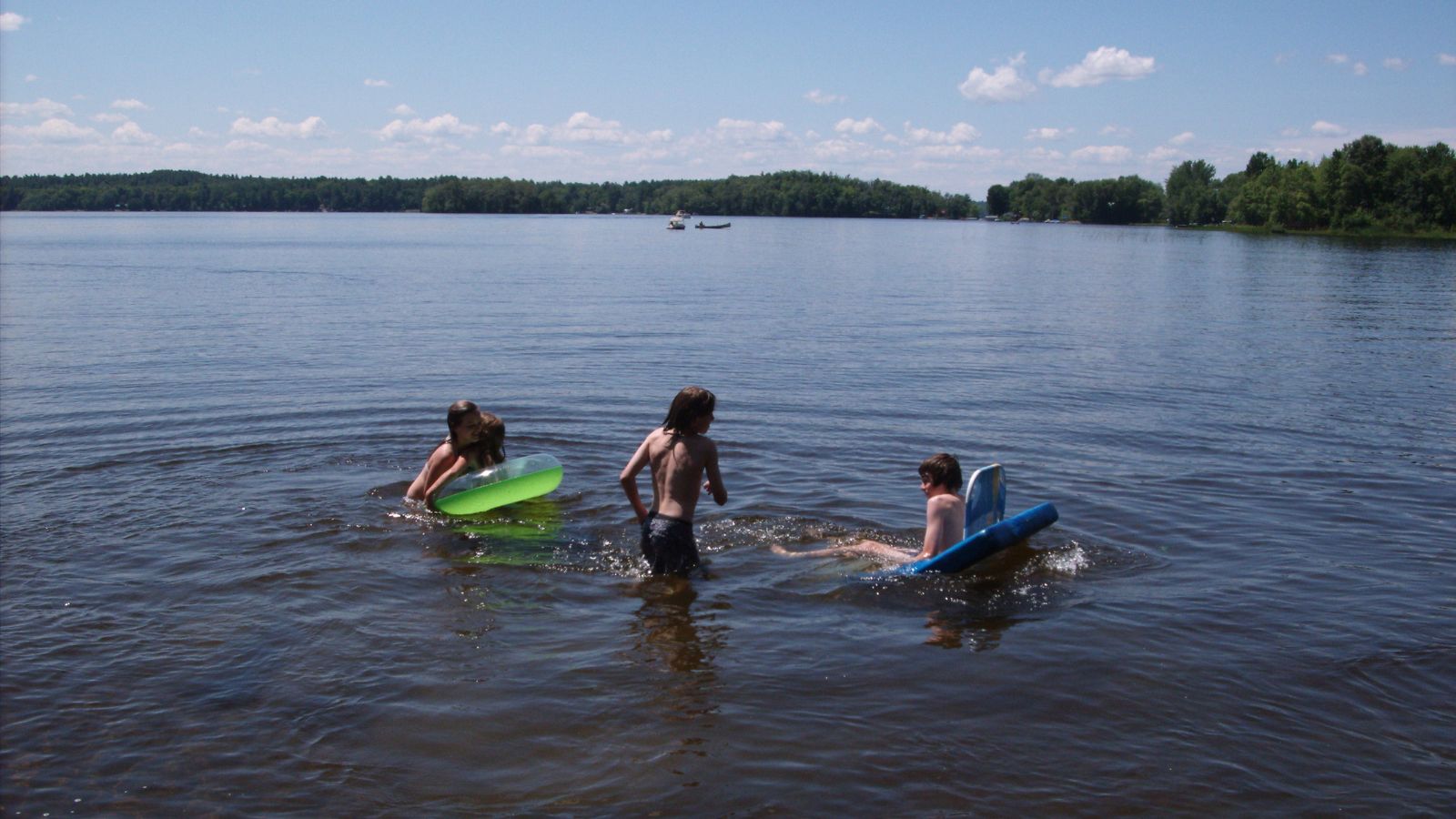Sometimes the rivers, lakes, and oceans we love to swim in contain contaminants that can make us sick.
When rain falls hard and fast, it can rush across the land surface, picking up anything in its path.
“That can include dirt, that can include bacteria, viruses. That can include chemicals, things like oil and grease,” says Rachel Noble, a professor at the University of North Carolina at Chapel Hill.
She says those pollutants and contaminants can end up in waterways — and so can raw sewage.
That’s because in some communities, sewage and stormwater run through the same pipes to a treatment facility. Extreme rain can overwhelm these systems.
“And that means that pathogens or dangerous chemicals that might have been removed during the wastewater treatment process are not getting treated,” Noble says.
Public swimming spots are monitored for dangerous pathogens and closed when there’s a threat to public health. But it can take up to a day to get the results.
So Noble’s team created a rapid test that can deliver results in about two hours. And she hopes that as more states adopt the new technology, fewer people will get sick from contaminated water, so all they take home from swimming are memories.
Reporting credit: ChavoBart Digital Media
Source link


